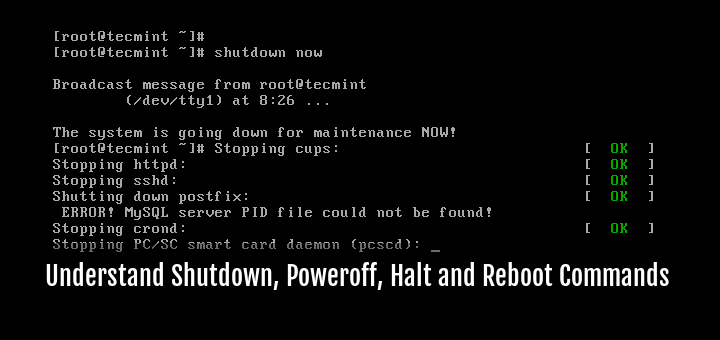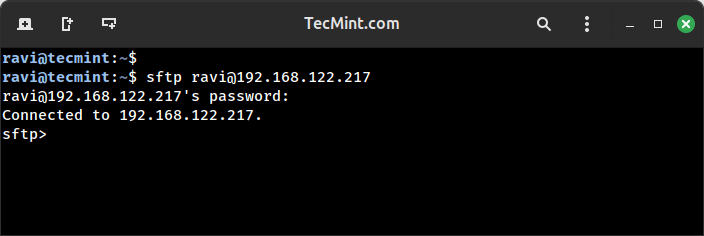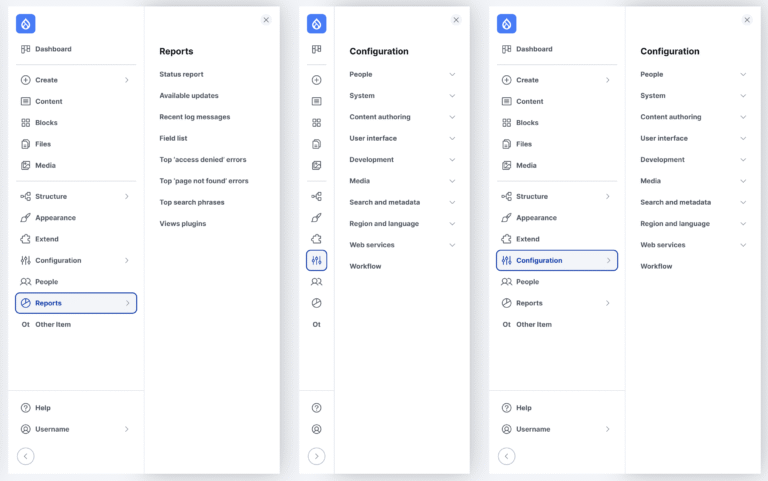
In this article, we’ll explain the difference between the shutdown, poweroff, halt and reboot commands in Linux. We’ll clarify what each command actually does when executed, along with the available options.
If you’re diving into Linux server administration, these are some of the important Linux commands you need to fully understand for effective and reliable server administration.
Tip: Most shutdown-related commands require sudo if you’re not logged in as root.
Shutdown Command
The shutdown command schedules a time for the system to be powered down, which can be used to halt, power off, or reboot the machine.
You may specify a time string (usually “now” or “hh:mm“) as the first argument. Additionally, you can include a wall message to notify all logged-in users before the system goes down.
Important: If a time argument is used, the system creates the /run/nologin file 5 minutes before shutdown, which prevents new user logins as the system prepares to go down.
Examples of shutdown commands:
shutdown # Schedule a shutdown shutdown now # Shutdown immediately shutdown 13:20 # Shutdown at 1:20 PM shutdown -p now # Power off the machine shutdown -H now # Halt the machine shutdown -r 09:35 # Reboot at 9:35 AM
To cancel a pending shutdown, simply type the command below:
shutdown -c
Shutdown Options Overview:
-r: Reboot after shutdown.-h: Halt or power off (system decides).-H: Halt the system.-P: Power off the system.-c: Cancel a running shutdown.-k: Only send warning messages (no shutdown).
Correction Note: A common mistake is using shutdown -p, which is invalid. The correct option to power off is shutdown -P.
Halt Command
The halt command instructs the system to stop all CPU functions. In most cases, it leaves the system powered on, which is useful for low-level maintenance. However, depending on the system configuration, it may completely shut the system down.
Below are examples of halt commands:
halt # Halt the machine halt -p # Power off the machine halt --reboot # Reboot the machine
Poweroff Command
The poweroff command sends an ACPI signal to power down the system.
The following are examples of poweroff commands:
poweroff # Power off the machine poweroff --halt # Halt the machine poweroff --reboot # Reboot the machine
Reboot Command
The reboot command instructs the system to restart.
reboot # Reboot the machine reboot --halt # Halt the machine reboot -p # Power off the machine
Compatibility Note for Modern Systems
If you’re using a modern Linux distribution that uses systemd (such as Ubuntu, Debian, Fedora, Arch, etc.), it’s recommended to use the equivalent systemctl commands for shutdown, reboot, and halt operations.
These commands are more aligned with the system’s service manager and provide better consistency:
sudo systemctl poweroff # Power off the system sudo systemctl reboot # Reboot the system sudo systemctl halt # Halt the system
These alternatives work reliably and are considered best practice on systemd-based systems.
Summary
Understanding the behavior of these system control commands is crucial for Linux server administration, especially in a multi-user environment.
Here’s a quick recap:
| Command | Description |
|---|---|
shutdown |
Schedule halt, reboot, or poweroff |
halt |
Stop CPU functions (may not power off) |
poweroff |
Send an ACPI signal to power down |
reboot |
Restart the system |
That’s all! With these commands, you’ll be better equipped to manage Linux systems reliably. Got additional tips or experiences to share? Drop them in the comments section below!



